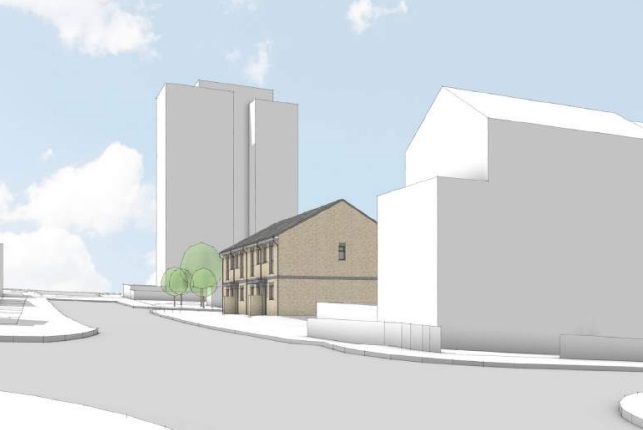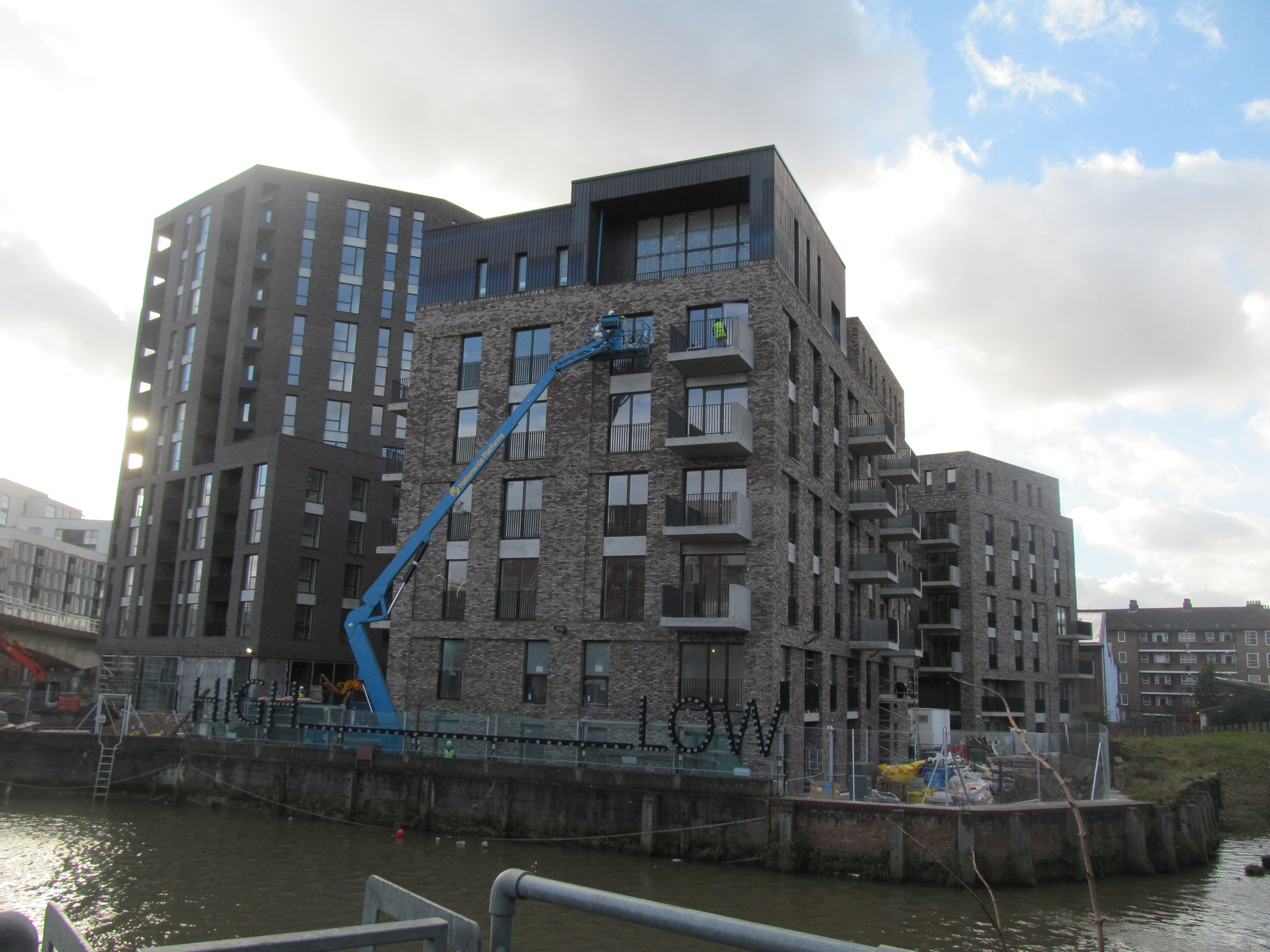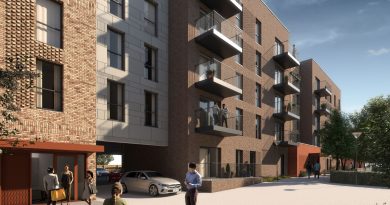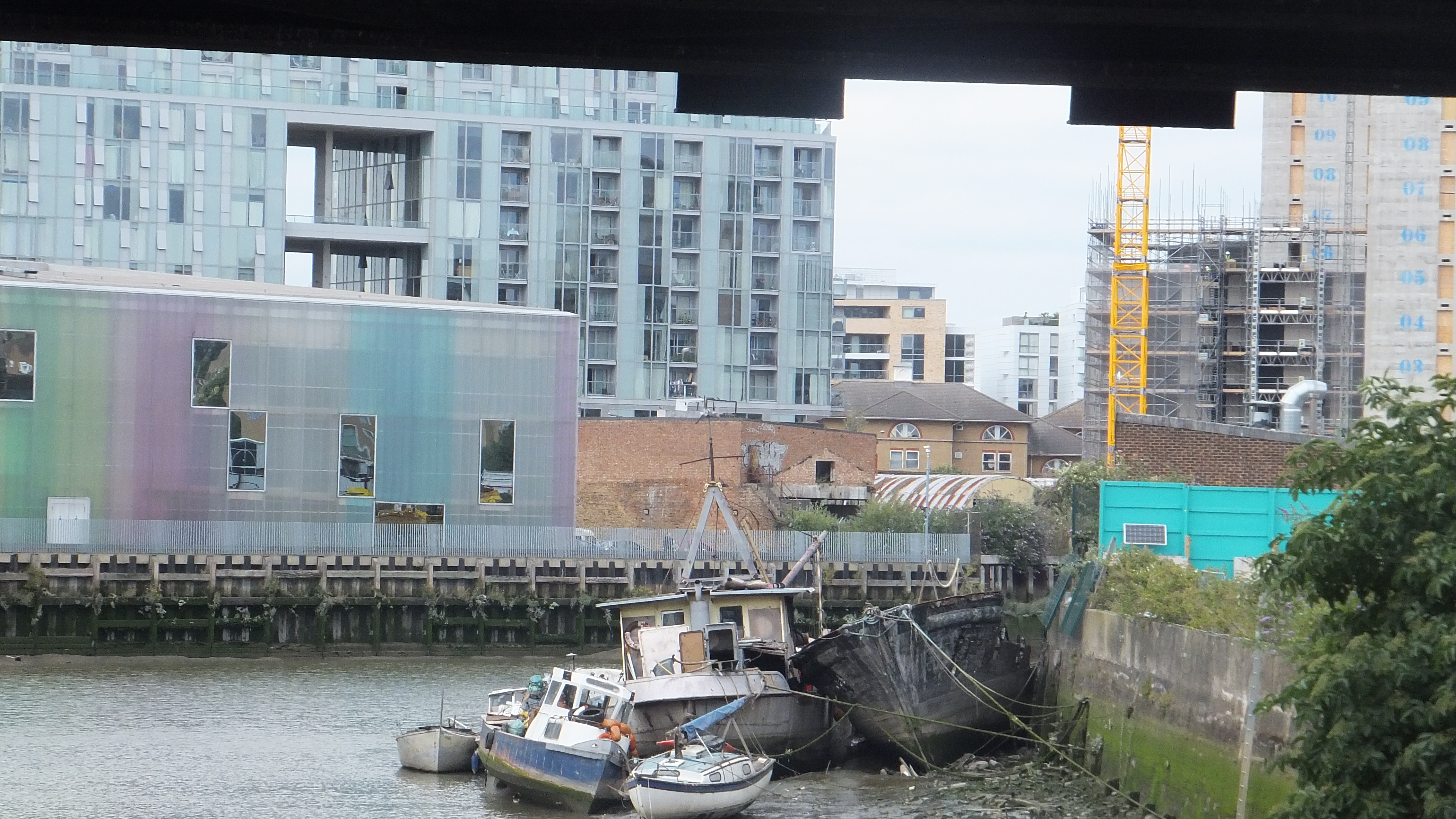Homeless numbers continue to rise sharply across Greenwich borough
The number of people housed in temporary accommodation by Greenwich Council continues to rise with numbers up from “1200 to over 1340” according to a new council report contributing to a £4.3 m projected overspend on homeless services.
Numbers of homeless people had been on the increase but lockdown has added to pressures. The authority state that “the COVID-19 lockdown saw an increase of families in Temporary Accommodation (TA) as social lettings ceased and other prevention of homelessness work into the private sector also dried up”.
It also highlights that “92 rough sleepers were accommodated by the borough into hotels and other TA. Only a minority of these single homeless individuals were entrenched known rough sleepers; over half had ended informal arrangements at the point of lockdown and found themselves with no other housing option.”

A number of factors are at play including reduced council housing stock as Right to Buy incentives increased in 2012. Central Government promised a 1 for 1 replacement when they increased incentives for tenants though have failed to provide funding for this. From 2012 to 2018, “more than 66,000 council homes have been sold under the Right to Buy since 2012, while just 17,911 replacements have been started or acquired.” They then sought to drop that pledge.
Income from council sales sold is also capped at 30 per cent on any given development for replacement homes.
New council homes being built are small in number across the country including Greenwich borough, with 750 homes over four years touted as ambitious though far below needed levels and totalling around five per cent of total homes built over the four year period.

Even when the council have built, they have underutilised plots including in Plumstead where just four homes were built to much fanfare on a sizeable plot. Great for those who were lucky, not so good for the many waiting.
They have spent much of the money buying homes off the market at high cost.
Central Government delays
Central Government has again delayed publication of a white paper into social housing, and a big announcement this past week on “affordable” homes barely mentioned the social housing sector. Total spending for “affordable” homes – of which much will be shared ownership and thus require a mortgage then rent plus a service charge – is around £2 billion a year. The Government have budgeted £4.4 billion for a stamp duty tax break this year alone.
In Thamesmead, for example, a shared ownership 1-bed flat sees rent of £500 and a service charge of £150 a month on top of mortgage costs.
Central Government have also failed to increase sums allocated to London from the previous settlement in the announcement made last week. Despite recommendations to spend £5 billion per year, they seek to allocate less than a fifth of that towards building new homes for truly affordable rent. That almost certainly means ever more people housed in emergency accommodation adding to funding problems.
With further people falling into rent arrears and unemployment increasing, a vast increase in cost pressures to local authorities is expected from this autumn.
Running a site alone takes time and a fair bit of money. Adverts are far from enough to cover it and my living costs as a private renter.
You can support me including via Paypal here Another option is via Patreon by clicking here You can also buy me a beer/coffee at Ko-fi here There's also a Facebook page for the site here Many thanks




Did the document: ‘Homes for All: Royal Borough of Greenwich Housing Strategy 2018 – 2023’ ever see the light of day? Maybe it would offer some clues as to what Greenwich Council’s housing strategy actually looks like. The existence of this document gets a mention here.
It states that:
4.3 Based on an initial analysis, five areas are proposed as priorities for action. These are: Priority 1. Ensuring the supply of genuinely affordable homes; Priority 2. Support for specific housing needs; Priority 3. Safe and high quality homes for all; Priority 4. Preventing homelessness; and Priority 5. Building excellent communities and neighbourhoods.
Noble endeavours, though I’m unconvinced that any of these five priorities has been achieved.
Referred to as a consultation exercise, it gets a nod in the report Corporate Capital Strategy (February 2019) which states: “Cabinet agreed the five principles of the Housing Strategy on 21 March 2018.”
I note the site has already covered RBoG’s Property Asset Strategy [see Greenwich Council report misleads councillors on housing policy? 9th January 2020], but that report explicitly excludes housing, even though it gets plenty of mentions in the document.
RBoG’s policies list seems somewhat sketchy. It omits housing per se, and some sections are out of date.
Perhaps I’m missing something but I wonder what a coherent housing strategy would look like? Any clues?
Nearly one year on and the position has not improved – https://www.fromthemurkydepths.co.uk/2019/12/14/homeless-numbers-keep-rising-in-greenwich-borough2/
Interesting. All my links, which were to to RBoG documents, were stripped out of my previous posting. I notice YouTube appears in comments and your ‘internal’ site link too. Maybe I’m missing a trick here…
A lot more work as to be done to stop people becoming homeless in the first place..
If on benefits and have debts or rent arrears your rent needs to be paid direct to your landlord.
If you have alcohol or drug habits your rent also needs to be paid direct to your landlord.
There also needs to be more safeguards put in place to help people with disabilities, health conditions and mental health to stop them bcoming homeless.
Rents used to be paid direct to landlords, but this changed with the introduction of universal credit and the onus is now on the tenant to request a ‘direct payment’ mandate. Paying all the benefit to the claimant means that those who are not good with managing money will not prioritise payment rent.
**Becoming homeless **
We also have to give more priority to our Armed Forces Personnel when they leave the forces.
Along with giving priority to people born and bred in the Borough and have always lived in the Borough.
Agree with CDT however, that much more needs to be done to stop a person being made homeless in the first place.
The direct rent payments to landlords and more safeguarding to protect vulnerable people from being made homeless will go a long way to stop people being made homeless if correct procedures are followed.
Private rents are far too high in the Borough and out of reach more many people who cannot afford the rents on their incomes, There as also been an increase in private landlords saying no DSS. (Which is an old term which means no to people on benefits).
Also with the amount of shelterd accomodation severley reduced in the Borough of Greenwich to house elderly and disabled residents.
There are a lot of elderly couples and single people living in larger 3 bedroom homes which could house families.as they are unable to downsize to one or two bedroom homes as these are just not available now.
I appreciate not everyone wants to down size but there are many who do as they need regular care and support which is better provided in sheltered accomodation housing while maintaining some independence.